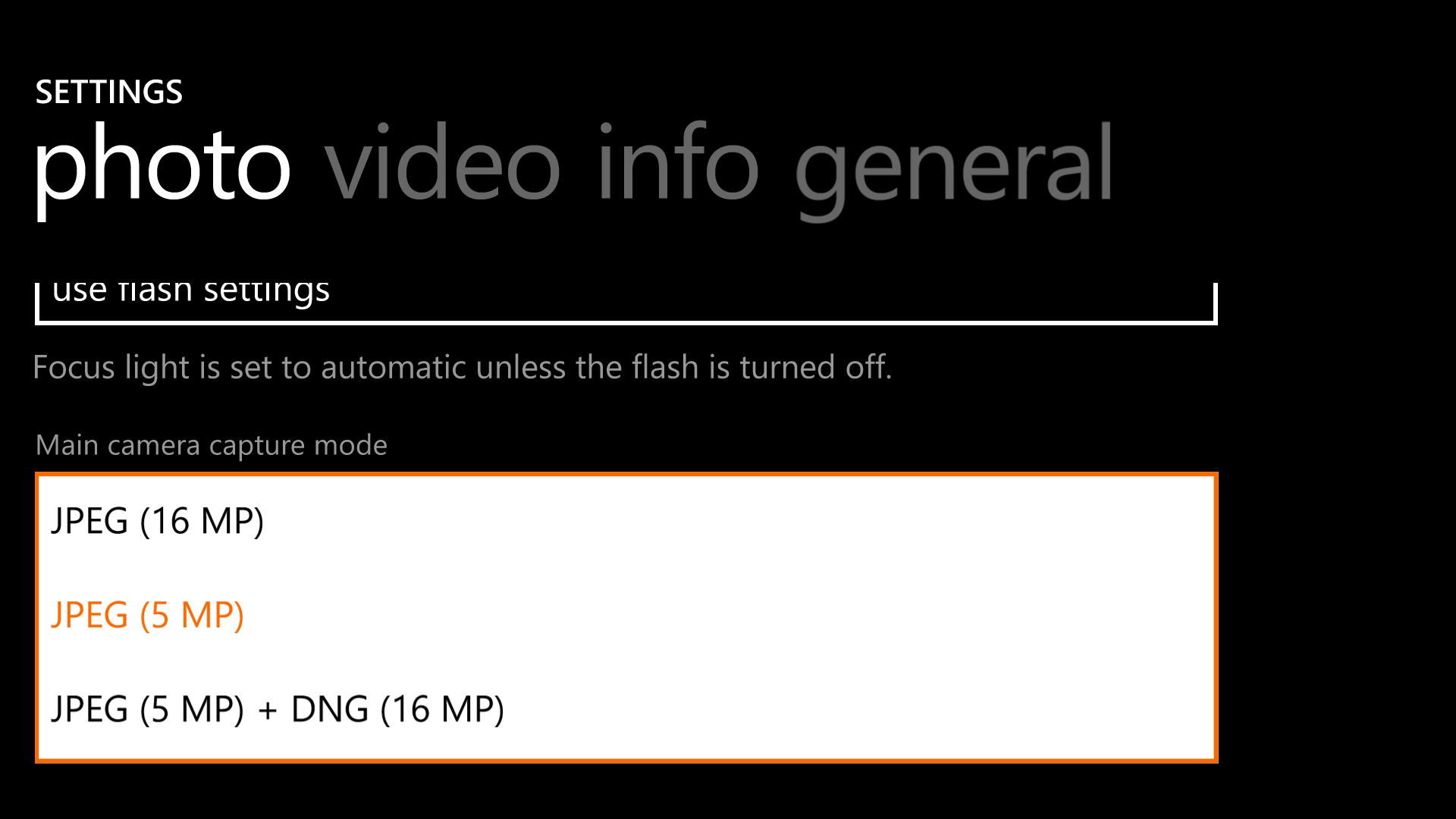A quick recap: the Nokia 808 PureView and Lumia 1020 had a 41MP sensor with 6:1 oversampling down to 5MP 'shareable' images, the idea being that these were more manageable and would be 'purer' - and indeed they were. In addition, there was the flexibility (on the 1020) of reframing the images later, picking a different 5MP oversampled window into the underlying 34 or 38MP JPGs.
With the Lumia 930 and 1520, in an attempt to reduce the height of the camera 'hump', the sensors and optics were both scaled back, with 20MP resolution, but still with the same '5MP' oversampled output. At 16:9, the default aspect ratio, the underlying images were 16MP.
Now, the industry had been changing in the last few years, big time, with phone camera resolutions going up and up. Needlessly so in some cases, but it's the usual 'the higher the number the better' arms race in the shops, on bullet lists. Though other manufacturers and platforms do seem to have caught up with Nokia/Microsoft here now and I've been very impressed by the 16MP cameras on the LG G4 and Samsung Galaxy S6.
Note that 16MP resolution - the same as that in the Lumia 930 and 1520. In my own comparisons (e.g. here) I had to use the 'full resolution' shot on the 930 rather than the 5MP version, in order to compare like with like, whatever my personal feelings on PureView oversampling. It seems that higher resolutions - 13MP to 16MP - are here to stay, helped by the availability of higher and higher resolution displays on which to view photos and helped by the expectation on all phone cameras that some 'cropping later' should be possible. Following Nokia's lead, arguably, but we do now live in a higher resolution world.
In which context I was interested to see how the 'official' Lumia Camera Beta, as recommended by Gabe Aul at Microsoft, behaves slightly differently under Windows 10 Mobile than under Windows Phone 8.1. Specifically, the available output resolutions are different, despite the application itself being identical. Here are the choices under Windows 10 Mobile:

So no 'dual capture' '5MP plus 16MP' mode anymore, i.e. with the 1020-like oversampling and later reframing. However, given what I've been recapping above I'm not at all surprised. And to be fair, even on the 1020 - and certainly on the 930 and 1520 - the algorithms weren't as effective (in terms of pixel purity) as on the original Nokia 808 PureView, meaning that you might as well have the full 16MP images (in this case). And you can still crop these down to part of a scene, as needed, just as you can on other competing smartphone flagships.
The other options given are now 'just' 5MP - i.e. with no underlying JPG to help with reframing later, but included here for people concerned by running out of storage space, I think - and '5MP plus 16MP DNG', which gives a 'shareable' image plus a RAW file for purists to have fun with later on the desktop.
Plenty of options then and I can see why Microsoft simplified all this. In fact, the default 'Camera' application included in Windows 10 Mobile seems to be an evolution of Lumia Camera Beta and is set to ONLY capture at full resolution - in this case 16MP. No other choices whatever. With Rich Capture now built-in on all these applications and the way this works behind the scenes with full resolution images, I can absolutely see why the extra complication of 'oversampled' versions at an apparently lower 'quality' was ditched. Less confusion all round - trust me, it was turning my brain inside out keeping track of it all!
For most users, this simplification is all fine, I suspect. Oversampling, reframing later, and so on, were always concepts that even other tech writers seemed to struggle to grasp - let alone 'normobs'. This way, what they see is what they get. And matches the numbers they see in the Android world for good measure.
Comments welcome, of course!
PS. Shot to shot time is currently quite slow for Lumia Camera Beta - it's clearly not optimised for running under Windows 10 Mobile - the 'Camera' one IS, and is much faster. But things will no doubt change again as Windows 10 Mobile gets closer to release. Watch this space!
